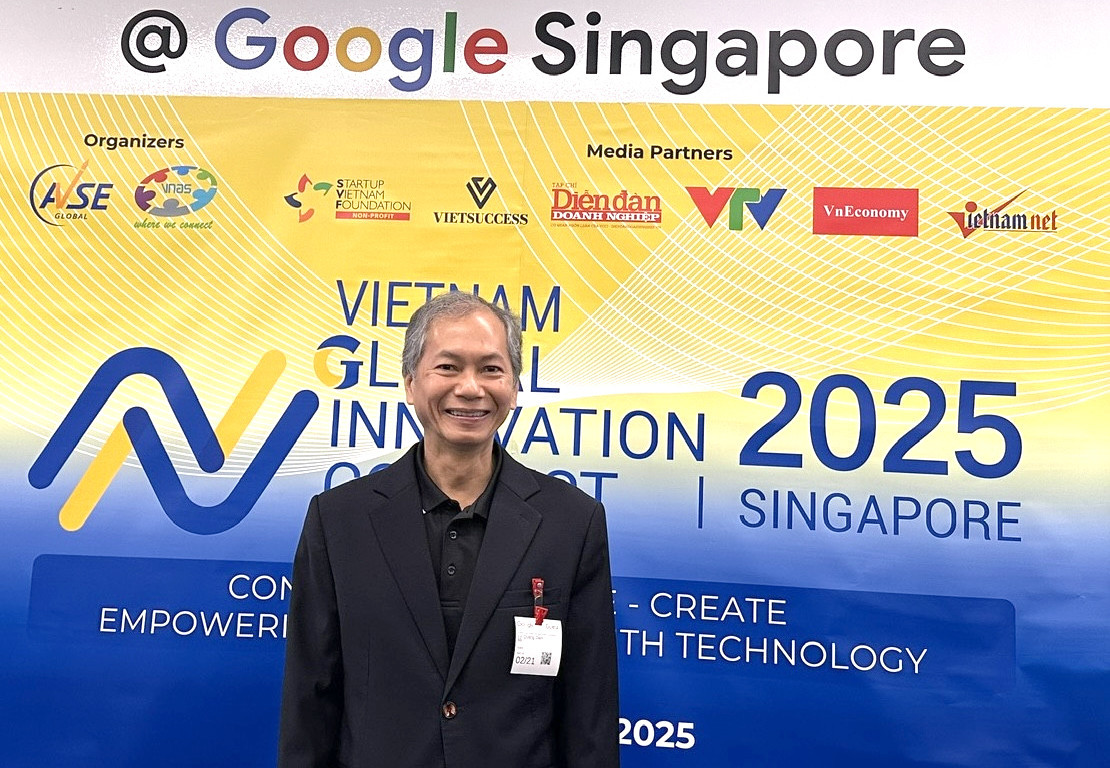Vietnam’s semiconductor industry is at a historic turning point, presenting a "once-in-a-century opportunity," according to Dr. Le Quang Dam, CEO of Marvell Technology Vietnam.
Speaking at the Vietnam Global Innovation Forum 2025, held at Google Asia-Pacific headquarters in Singapore, he highlighted the country’s rapid growth in semiconductor design and manufacturing.
Vietnam’s semiconductor industry transformation

Over the past two decades, Vietnam’s microchip design sector has expanded significantly. Following U.S. President Joe Biden’s visit to Vietnam in September 2023, Vietnam-U.S. high-tech cooperation, particularly in semiconductors, has surged.
By 2025, Vietnam is expected to have around 60 companies in the semiconductor design sector. However, 85% of these firms are concentrated in Ho Chi Minh City, while Central Vietnam (especially Da Nang) and Hanoi are seeing workforce growth rates between 3% and 30%.
"Back in 2000, Vietnam had only around 30 semiconductor engineers. However, between 2005 and 2010, this number grew significantly. By 2025, we expect 6,000 engineers in advanced semiconductor design," Dr. Dam noted.
Government goals: 50,000 semiconductor engineers by 2030
The Vietnamese government has set an ambitious goal of training 50,000 semiconductor engineers by 2030, including:
15,000 engineers for semiconductor design
35,000 engineers for semiconductor manufacturing
This requires substantial investment in human capital. According to Marvell Technology, Vietnam’s semiconductor workforce is projected to grow by 20% annually, requiring the country to produce 1,000 to 3,000 new semiconductor design graduates per year.
Dr. Dam believes Vietnam is well-positioned to capitalize on global geopolitical shifts affecting the semiconductor industry. Resolution 57, which outlines Vietnam’s science and technology strategy, provides clear policy direction for semiconductor development.
However, he stressed that success depends on collaboration between:
Government policies
University training programs
Commitment from domestic and international semiconductor firms
"Vietnam is at a great crossroads, but this opportunity won’t come on its own - we must create it," he emphasized. "With a clear strategy, strong government support, and the collective efforts of Vietnamese engineers worldwide, we can drive the industry forward."
Dr. Dam, formerly a Technical Director at Marvell Technology in Silicon Valley, returned to Vietnam in 2013 to establish Marvell Vietnam from the ground up. Over two decades, he has worked with top semiconductor firms such as Miranda Technologies, Gennum, ATI Technologies, AMD, Broadcom, and Marvell Technology.
With strong government backing, foreign investment, and a rapidly growing talent pool, Vietnam is now positioning itself as a key player in the global semiconductor supply chain.
The Vinh